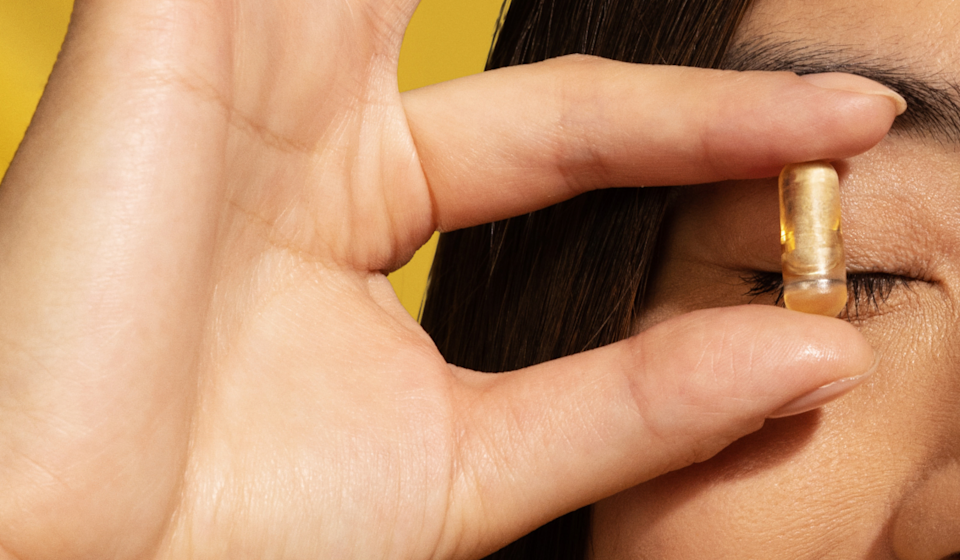Essential Takeaways
• When it comes to trying to get pregnant, ovulation timing is everything.
• There are signs of ovulation you can consider and pay attention to for a better idea of when ovulation might be coming, including changes in cervical mucus, basal body temperature, sexual desire, and having ovulation pains (for those who get them).
Getting pregnant relies on a series of interrelated biological events that prepare the body for a potential pregnancy. The menstrual cycle, which begins and ends with a period, ushers in the hormonal sequence that makes getting pregnant possible. (1)
A key part of the menstrual cycle is ovulation—when an ovary releases a matured egg. An egg needs to be released so it can be fertilized by sperm, implanted into the lining of the uterus, and developed into a growing fetus. Predicting ovulation timing can help make sure sperm are in the reproductive tract by the time an egg is released.
When Does Ovulation Start?
All menstrual cycles are different. In a “textbook” 28-day cycle, ovulation happens on day 14. But the exact day of ovulation varies from person to person. In a 2020 study with 32,595 participants contributing data on 27,210 cycles with ovulation, 87.7% of cycles were 23-35 days long. In these cycles, the day of ovulation ranged by 10 days. Among the 28-day cycles, which was the most common length, 27% (the highest percentage) of cycles had ovulation on day 15, 21% on day 16, and 20% on day 14. (2)
What Does Ovulation Feel Like?
Can we feel ovulation? Most people who ovulate don’t, but about 40% do feel pain around the time of ovulation. This benign pain in the lower abdomen is called mittelschmerz. The pain, which is typically felt on the same side as the ovary that releases an egg, can feel like a mild ache or it can feel significantly more intense. (3) It can last for minutes or even up to 48 hours. For those who get mittelschmerz, it often occurs every cycle.
Why does mittelschmerz happen? There are two possible explanations: 1) The primary developing ovarian follicle (the fluid-filled sacs eggs mature in) may stretch the ovary’s surface and cause pain. 2) Blood or fluid released by the follicle that ovulation has ruptured may irritate the abdominal lining. (4)
“Am I Ovulating?”: 4 Ovulation Symptoms to Know
Wondering how to know if ovulation started? There are several methods for predicting whether or not ovulation is coming (if not on hormonal birth control)—but none of them can tell when or if the body is ovulating with with certainty. That said, all that these methods require is your own body or a thermometer.
1. Seeing “egg white” cervical mucus: Cervical mucus is discharge produced by the cervix. Cervical mucus becomes thin and slippery, similar to an egg white, right before ovulation. You can check cervical mucus by looking at your underwear, using white toilet paper, or inserting two clean fingers into the vagina and examining what you see.
2. Seeing a slight rise in basal body temperature: Basal body temperature (BBT) is the body’s at-rest temperature. It rises very slightly during ovulation (about 0.5–1°F) and stays there for the remainder of the cycle. BBT can be tracked by checking temperature first thing every morning, before eating breakfast or even getting out of bed.
BBT is not a very accurate way to predict ovulation because the temperature only rises during ovulation. It’s also pretty finicky: BBT can be impacted by illness or fever.
3. Feeling more sexual desire: There’s an interconnected relationship between hormones and sexual desire. That sounds pretty obvious on paper, right? But research proves it: The results of a 2019 study that examined 26,000 menstrual cycle diary entries demonstrate that hormone levels during ovulation are associated with an increase in sexual desire. Estrogen, which rises before ovulation, has a positive correlation with sexual desire—progesterone, which rises after ovulation, has a negative correlation. (6)
Bottom line: If you’re feeling that desire, ovulation might be coming.
4. Feeling ovulation pains: For about 40% of people with ovaries, mittelschmerz is a possible sign of ovulation. Paying attention to mittelschmerz could be helpful for identifying ovulation, but there are other causes for pain that also correspond with the menstrual cycle. (7) It’s important to reach out to a health care provider about any kind of cycle-related pain.
Timing Intercourse With Ovulation for Conception
Timing intercourse or insemination around ovulation helps ensure sperm are present when an egg has been ovulated. Getting pregnant is only possible during the typically 6-day “fertile window”: the 5 days before ovulation and the day of ovulation. (8) An ovulated egg can only live for up to 24 hours and sperm can live for up to 5 days in the reproductive tract.
Want more information on ovulation, trying to get pregnant, and what to expect in early pregnancy? Bookmark our pregnancy resources for the latest.











